Synopsis
This clip explores the revolutionary discovery that diseases are caused by microscopic organisms rather than spontaneous generation. Tracing the work of pioneers such as Louis Pasteur and Robert Koch, it shows how germ theory transformed medicine, reshaped public health, and revealed a hidden kingdom of life that changed humanity's understanding of disease forever.
- Programme: The Cell
- Episode: 01: The Hidden Kingdom
- Channel: BBC Two
- Broadcast year: 2009
Licence: ERA Licence required
UK only
Staff and students of licensed education establishments only
Cannot be adapted
Add Notes
More clips from The Cell
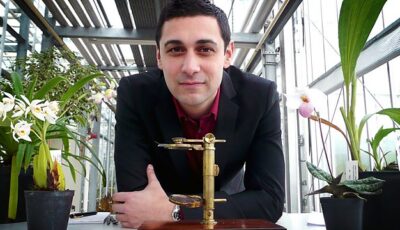
1: The Hidden Kingdom | The Cell
1: The Hidden Kingdom | The Cell
Adam Rutherford tells the story of the biological cell. He explores how centuries of scientific and religious dogma were overturned by the d...

2: The Chemistry of Life | The Cell
2: The Chemistry of Life | The Cell
Adam Rutherford explores how scientists delved deeper into the world of the cell, seeking to reveal the magic ingredient that can bring c...

3: The Spark of Life | The Cell
3: The Spark of Life | The Cell
Adam Rutherford reveals how scientists are close to repeating what has happened only once in four billion years - the creation of a new life ...

Genetic switches | The Cell
Genetic switches | The Cell
Adam Rutherford meets the scientist Walter Jakob Gehring, who worked with a team of scientists to understand genetic switches.
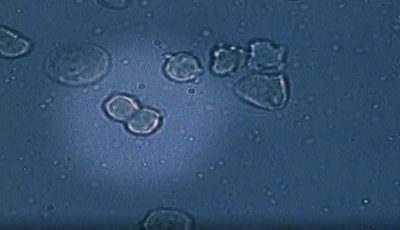
The Discovery of Cell Division | The Cell
The Discovery of Cell Division | The Cell
How little-known scientist Robert Remak came to observe and describe the process of cell division for the first time.
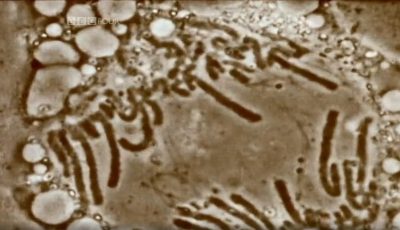
The discovery of chromosomes | The Cell
The discovery of chromosomes | The Cell
Adam Rutherford explores how scientists used better microscopes and new chemical dyes to discover and name chromosomes.
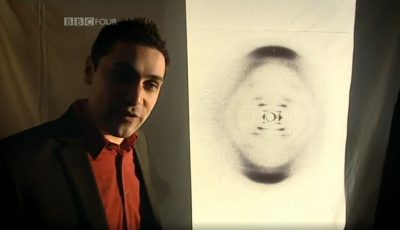
The first images of DNA | The Cell
The first images of DNA | The Cell
Adam Rutherford explains how the work of scientist Rosalind Franklin produced the first images of the structure of DNA.

The Identification of the Cell Nucleus | The Cell
The Identification of the Cell Nucleus | The Cell
How Robert Brown used the microscope to notice, identify and describe the nucleus, and discover its ubiquity in cells.
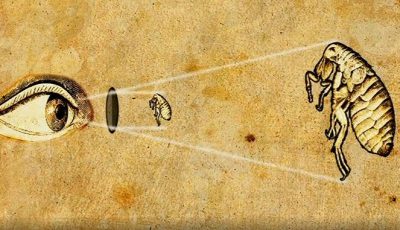
The Invention of the Microscope | The Cell
The Invention of the Microscope | The Cell
Adam Rutherford explains how, in the 1670s, Dutch businessman Anton van Leeuwenhoek revolutionised microscopy by curving a lens mo...
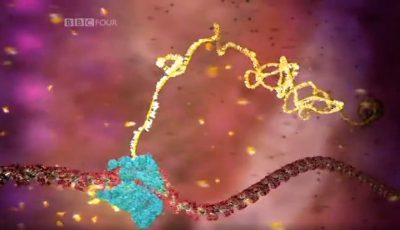
The production of proteins | The Cell
The production of proteins | The Cell
An explanation and visualisation of DNA, RNA, and the production of protein, the process at the heart of every living cell on earth.
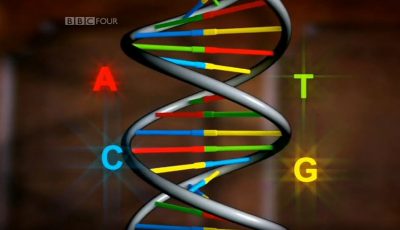
The structure of DNA | The Cell
The structure of DNA | The Cell
Adam Rutherford explains and illustrates the structure of DNA, and the way its discovery revealed the secret of how genes are reproduced when...

What makes a human? | The Cell
What makes a human? | The Cell
Adam Rutherford gives a basic introduction to cells, and how understanding them is the cornerstone of biology.
More resources about Cell division (mitosis and meiosis)
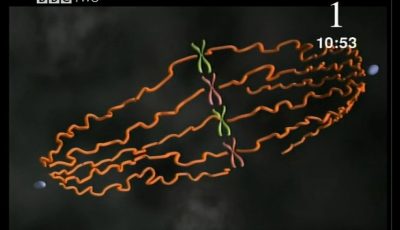
The process of mitosis | Short Circuit
The process of mitosis | Short Circuit
The process of mitosis, seen through a microscope, and then illustrated and explained with a computer simulation.
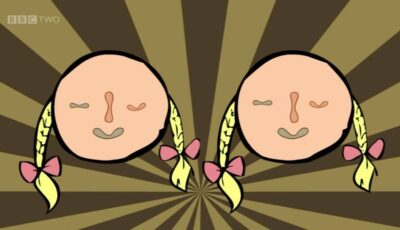
Mitosis, meiosis and reproduction | GCSE Bitesize Revision
Mitosis, meiosis and reproduction | GCSE Bitesize Revision
Spec references J247: B2.1b, B5.1f, B5.1h J250: B2.1b, B5.1f. Different steps of mitosis, asexual reproduction, di...
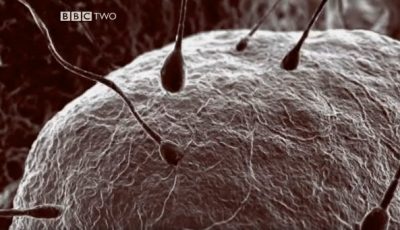
Cell division | i-Science
Cell division | i-Science
What is the role of mitosis and meiosis in the human body?
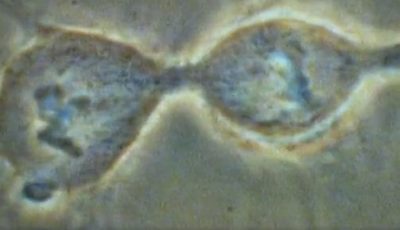
Dance of the chromosomes | Bitesize Science
Dance of the chromosomes | Bitesize Science
Mitosis is a type of cell replication that is essential to the human body's ability to grow and repair.

Growing bacteria | Bitesize Science
Growing bacteria | Bitesize Science
Bacteria reproduce by cloning themselves, and in the right conditions can reproduce very quickly.

The Discovery of Cell Division | The Cell
The Discovery of Cell Division | The Cell
How little-known scientist Robert Remak came to observe and describe the process of cell division for the first time.
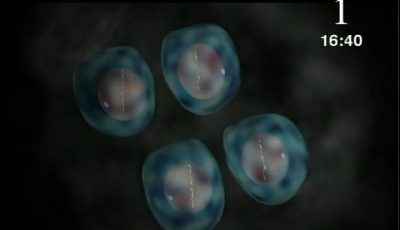
The process of meiosis | Short Circuit
The process of meiosis | Short Circuit
The process of meiosis in sperm and egg cells is explained and illustrated.

Cell Division | GCSE Bitesize Revision
Cell Division | GCSE Bitesize Revision
Animated shorts to support students preparing for assessments in GCSE Additional Science.

Clones | i-Science
Clones | i-Science
Daphne and Barbara are so similar because they are clones, two people who have exactly the same genetic makeup. When their mother was pregnant, her fertil...
